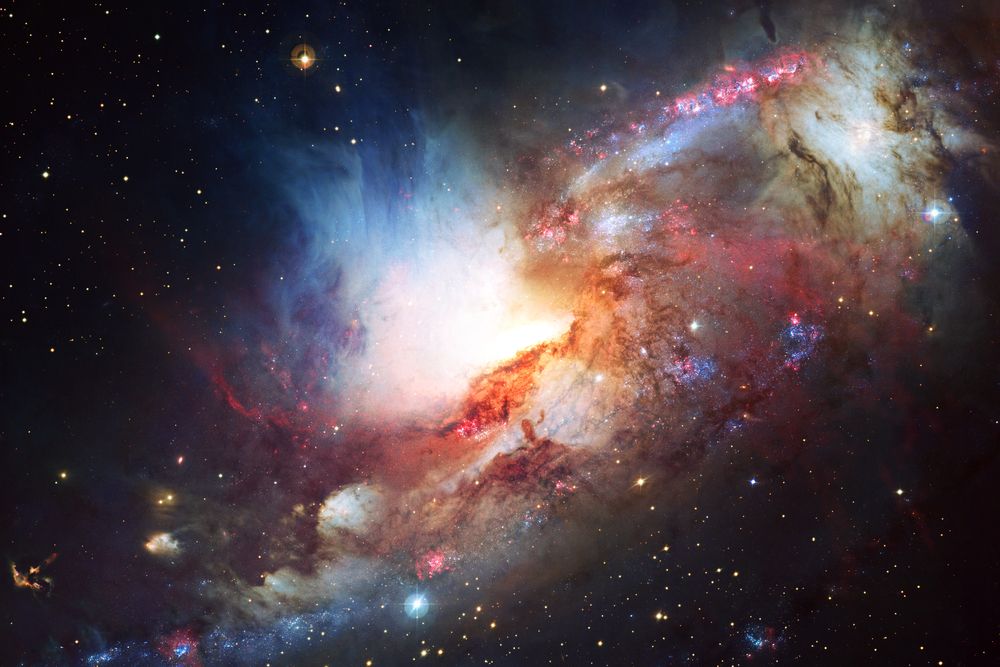Using light from dozens of distant quasars, astronomers have determined that the cosmic dawn, during which the first stars began to form, ended much later than expected.
67 quasars analyzed
For a period of about 100 million years, beginning about 380,000 years after the big Bang, the cosmos was largely shrouded in darkness. Then, stars and galaxies began to form, emitting light and ionizing intergalactic hydrogen gas in a process called reionization, or cosmic dawn.
In the context of work published in the journal Monthly Notices of the Royal Astronomical Society, Sarah Bosmann and his colleagues from theMax Planck Institute were able to establish more precisely when this phase had ended, based on the light emitted by 67 quasarsextremely bright objects powered by supermassive black holes. Turning out far enough away for scientists to be sure they had formed in the billion years since the big Bangthese were observed using the Very Large Telescope to Chile and the observatory WM Keck at Hawaii.
When the light from the quasars traveled towards the Earth, different wavelengths were absorbed by hydrogen in its ionized and non-ionized forms. Taking into account the constant expansion of theUniverseGerman scientists analyzed the dark absorption lines in the spectrum of light to determine when it stopped passing through unionized hydrogen and began encountering only ionized hydrogen in intergalactic space.

A phase that ended 1.1 billion years after the Big Bang
” During reionization, galaxies emit gigantic bubble-like structures “, Explain bosman. ” It is generally considered that such a process ends when the latter merge and the hydrogen is ionized uniformly around all the quasars. »
This approach allowed the team to determine that the cosmic dawn ended 1.1 billion years after the big Bang, which is 200 million years later than predicted by previous models. This implies that the first generation of stars and galaxies, at the origin of reionization, are closer and therefore easier to observe than cosmologists thought.
” Since the Big Bang, the Universe has gone through many phases, which we are only just beginning to trace “, valued bosman. “ The next step will be to go back even further into the past and link the data on reionization to the galaxies behind the process, so that we can really see the galaxies destroying the gas. »
[related_posts_by_tax taxonomies=”post_tag”]
The post The cosmic dawn ended 200 million years later than cosmologists thought appeared first on Gamingsym.

